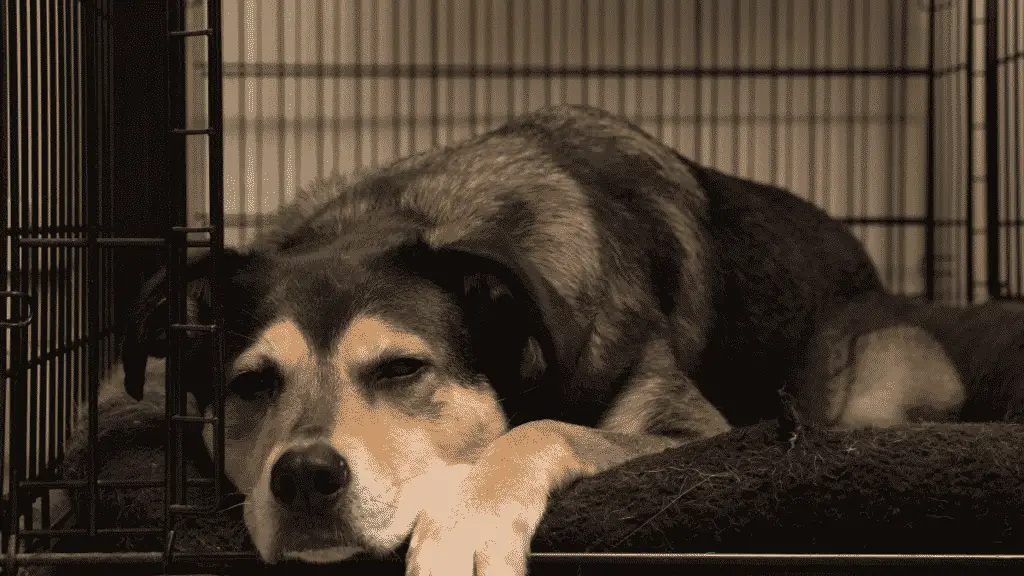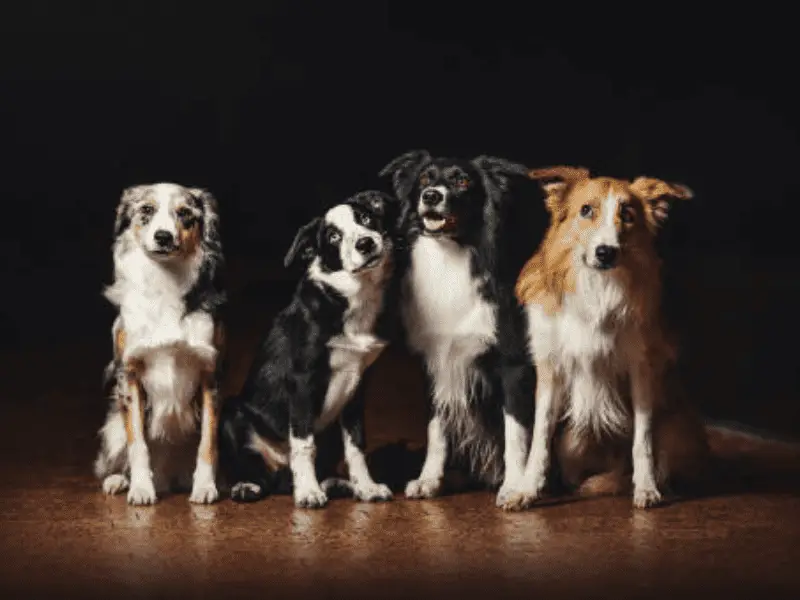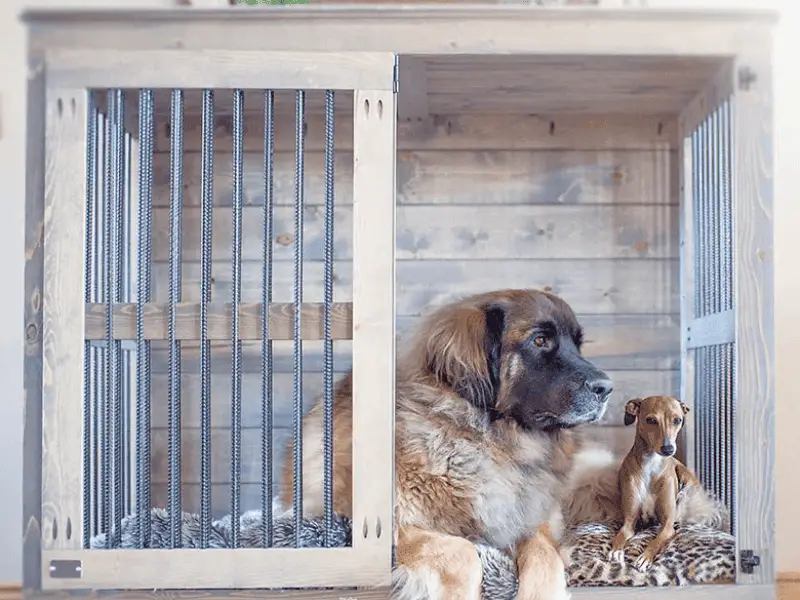Are you considering crate training your furry friend but don’t know how to crate train a dog? Your first question is likely, “Where to start?” Look no further! This two-part post will walk you through the steps to ensure your dog feels comfortable and secure in their new crate.

From finding the perfect spot for the crate to giving rewards, leaving the door open, and eventually locking the crate, we’ll cover everything you need to know. Keep reading to learn more!
Also, make sure to check out our article on What You Should Know About Dog Crate Sizes.
Warum ist das Katzentraining so wichtig?
Crate training is crucial because it ensures that your dog ends up with a good sense of security and comfort when you bring home one of these crates.
Your dog must feel comfortable enough to enter the crate without feeling scared or forced.
In fact, if you manage to get your dog really familiar with the crate, it can do wonders for your pooch’s mental health.
For example, if there are new visitors in the home, your dog may feel intimidated or anxious, in which case being able to retreat to their crate will help them relax.
Außerdem ist das richtige Kisten-Training auch hilfreich, wenn Sie in ein neues Zuhause oder eine neue Umgebung umziehen. Wenn der Hund sieht, dass seine Kiste auch in einer neuen Umgebung immer noch dieselbe ist, wird er sich viel schneller daran gewöhnen.
Wie trainiert man einen Hund richtig in der Kiste?
1. Finden Sie den perfekten Platz für die Hundebox
The first thing you need to is to place the dog crate somewhere in the house and leave the crate’s door wide open. You also need to make sure that your dog is not in the room while you do that.
This will help ensure that they aren’t accidentally frightened. You can even place your dog’s favorite toy or bedding inside it to help them feel more comfortable.
2. Belohnungen geben
Afterward, call your dog into the room and give them some time to investigate the “strange object” by themselves. If they seem to be interested in it, you can reward them with some treats so that they feel that the crate’s presence has some benefit.
Once they go inside, you can reward them again but do not close the crate behind them just yet.
3. Lassen Sie die Tür der Kiste offen
Some dogs may feel scared if it’s their first time in the crate and you closed the door so abruptly. So leave it open and give them the freedom to enter and exit it freely.
You can make the crate more appealing by placing more of their toys and meal bowls inside. Repeat this practice for a few days. This will let them grow accustomed to the crate and feel relaxed.
4. Lock the crate when your pup starts to feel comfortable inside
Sie können dies für kurze Zeit tun und im Raum bleiben, während sie noch drinnen sind. Das hilft, dass sie nicht in Panik geraten. Sie können dann allmählich damit beginnen, die Tür für längere Zeit verschlossen zu lassen und manchmal sogar den Raum zu verlassen, um zu sehen, wie sie reagieren.
Once it is clear that your dog is content with patiently waiting inside the crate, you can now start to leave the house too.
Just make sure that you leave them with access to water and treats. There are usually special hanging bowls that you can place on the side of the crate for such purposes.
Lesen Sie auch Was Sie über die Größe von Hundeboxen wissen sollten um zu erfahren, wie Sie die richtige Kiste für Ihren Hund auswählen.
ALSO READ


